Some plumbing upgrades sound amazing on paper, but they do not always live up to the hype—or the price tag. Homeowners eager to modernize often get swept up in trends that add little to everyday life or long-term value. While some updates are genuinely useful, others create more headaches than benefits. Here are 12 plumbing upgrades that are often overpromised and underwhelming.
1. Touchless Faucets

Touchless faucets might seem futuristic, but they come with more hassle than expected. According to Consumer Reports, they often misfire or fail to detect hand motion consistently, leading to frustration. They also require batteries or an electrical connection, adding another layer of maintenance. While great in public restrooms, their performance in home kitchens or bathrooms can be underwhelming.
Another issue is the cost-to-benefit ratio. Touchless models are generally more expensive than manual ones, yet don’t always save significantly on water usage. They can also be more difficult to repair when things go wrong. For homeowners looking for reliability, traditional faucets may still be the better choice.
2. Smart Showers
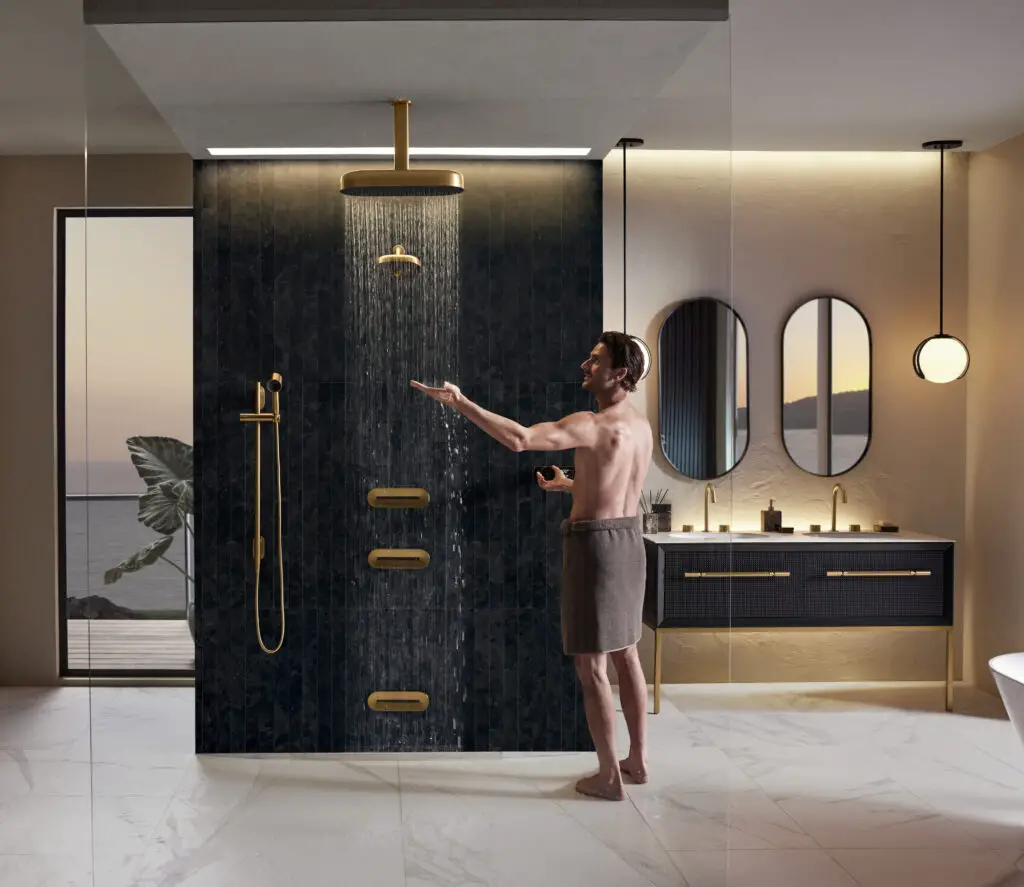
Smart showers allow users to control temperature and flow via app or voice command, but they don’t always live up to expectations. A report from Architectural Digest found that many homeowners stop using the smart features within months. These systems are also costly to install, often requiring plumbing reroutes or electrical updates. Despite the tech appeal, they may offer little added value for most households.
In addition, smart showers can pose compatibility issues with water heaters or pressure systems. Their reliance on Wi-Fi means a bad connection can ruin the experience entirely. Maintenance and software updates can also be a nuisance. Simpler solutions, like thermostatic valves or multi-setting showerheads, might serve just as well with less hassle.
3. Pot Fillers
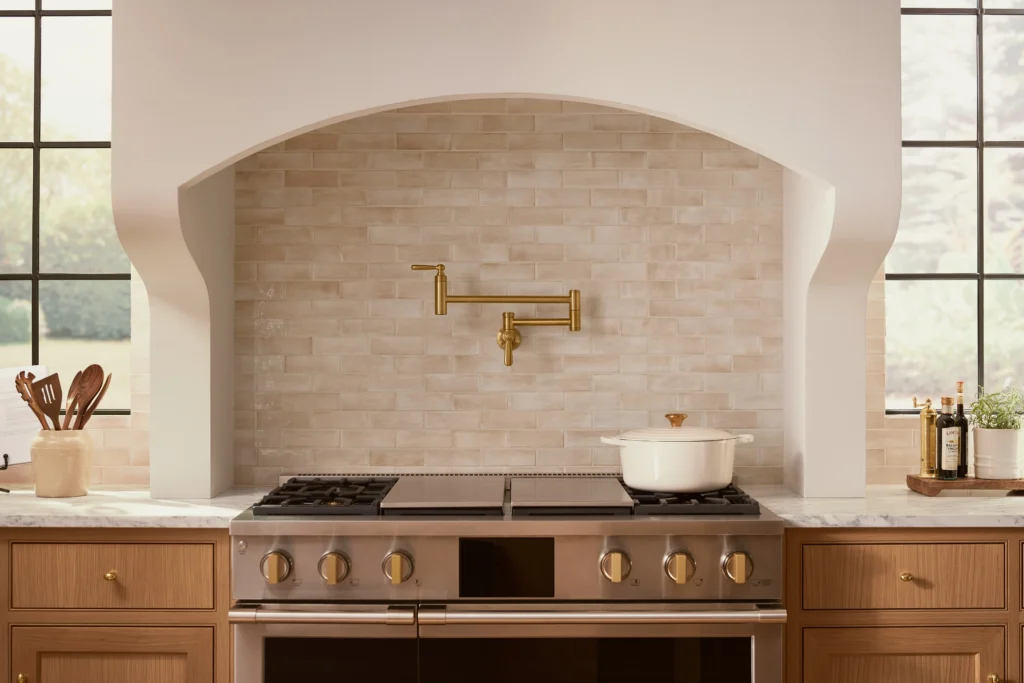
Pot fillers are often seen as a luxury upgrade in the kitchen, but they’re not always necessary. According to Emily Henderson, their functionality rarely justifies the cost for most homeowners. Unless you’re cooking large meals regularly, the feature sits unused above the stove. Worse, any plumbing failure above a cooktop could lead to expensive water damage.
They also require specialized installation that adds to remodeling costs. Repairs can be tricky if the fixture develops a leak or loses pressure. And since they only fill pots—they don’t drain them—you still have to carry the pot when done. For many, it’s more of a status symbol than a practical plumbing upgrade.
4. Tankless Water Heaters
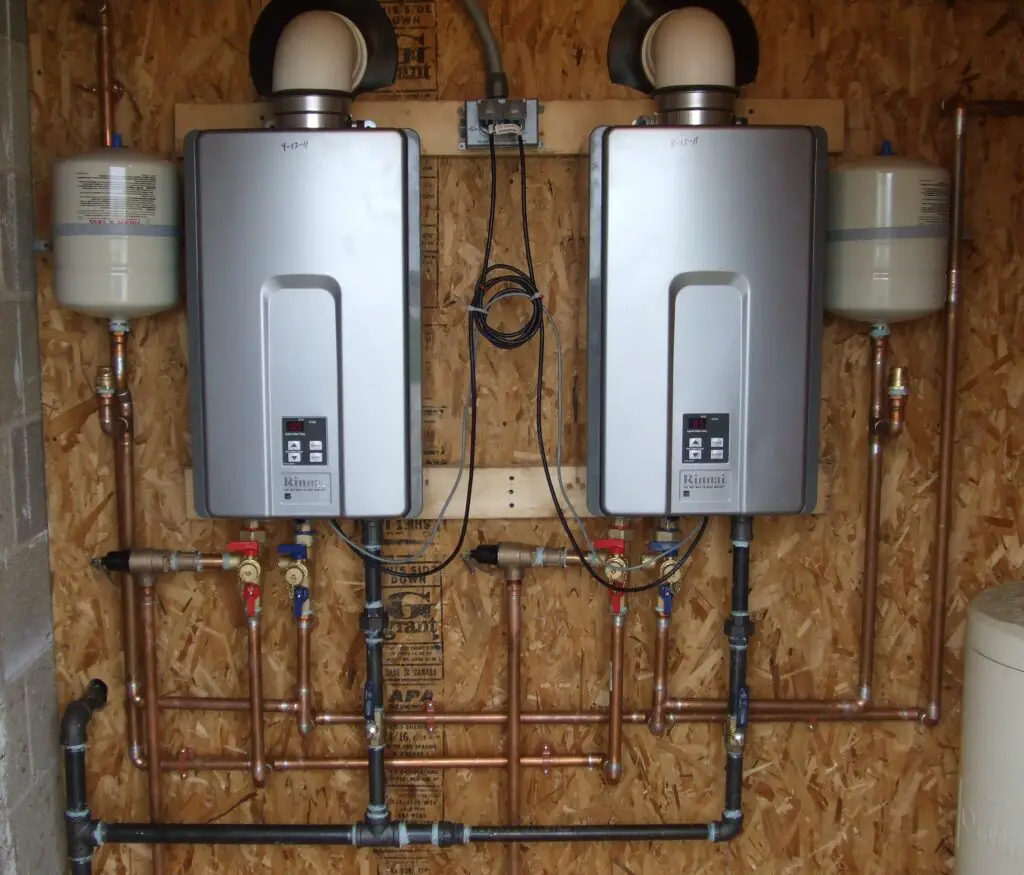
Tankless water heaters have been marketed as the future of energy-efficient hot water, but they aren’t ideal for every home. According to Energy.gov, while they do save energy, they often struggle to meet high-demand situations in larger households. The upfront cost and necessary plumbing adjustments can also be quite steep. For smaller families or colder climates, the system might not keep up with daily needs.
Additionally, tankless systems often require descaling and yearly maintenance, which traditional tanks don’t. The energy savings, while real, may take several years to outweigh the initial investment. Some models even require venting upgrades that add to the installation cost. For certain households, a high-efficiency storage tank water heater may be the better option.
5. Whole-House Water Softeners
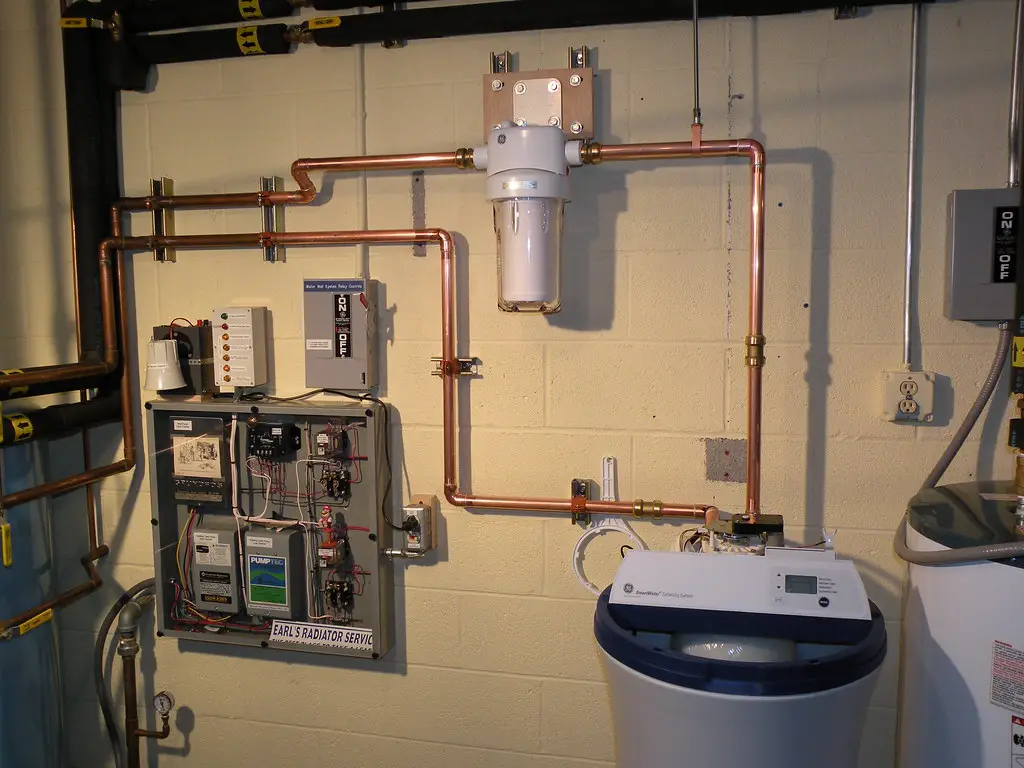
Water softeners can help with hard water, but not every home truly needs one. Some regions have water that is only mildly hard, making a softener unnecessary. These systems require salt refills and ongoing maintenance, which adds time and cost. They also take up a significant amount of space in utility rooms.
Many people find that targeted solutions, like a shower filter or under-sink unit, work just as well. Over-softened water can even feel slippery or taste strange. Unless you are battling serious buildup, a whole-house system may be more than you need. Always test your water first before investing in this upgrade.
6. High-End Toilets with Bidets
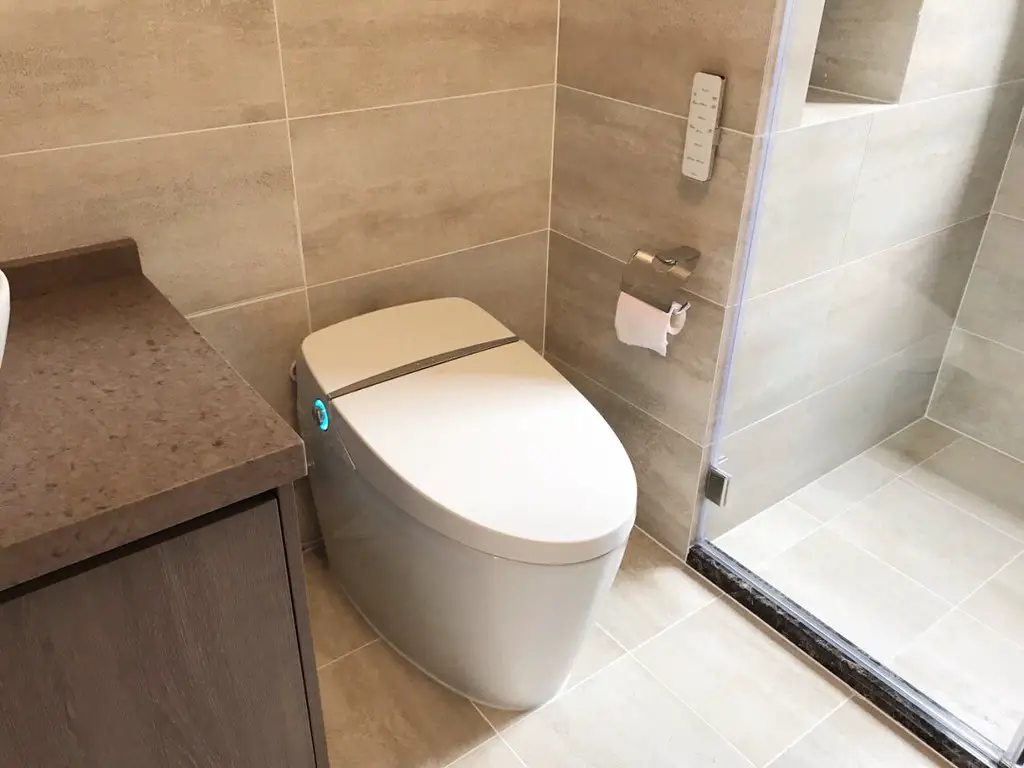
Luxury bidet toilets offer warming seats, air dryers, and remote controls—but they are not for everyone. Installation can be pricey and may require electrical outlets near the toilet. Repairs or replacements are more complex than with standard toilets. Many homeowners also report that guests find these high-tech toilets confusing or intimidating.
If you do not use the features regularly, they become expensive novelties. A simple bidet attachment can provide similar results at a fraction of the price. Unless you are deeply committed to the experience, skip the upscale versions. They may impress guests but do little for your daily routine.
7. Overcomplicated Shower Panels
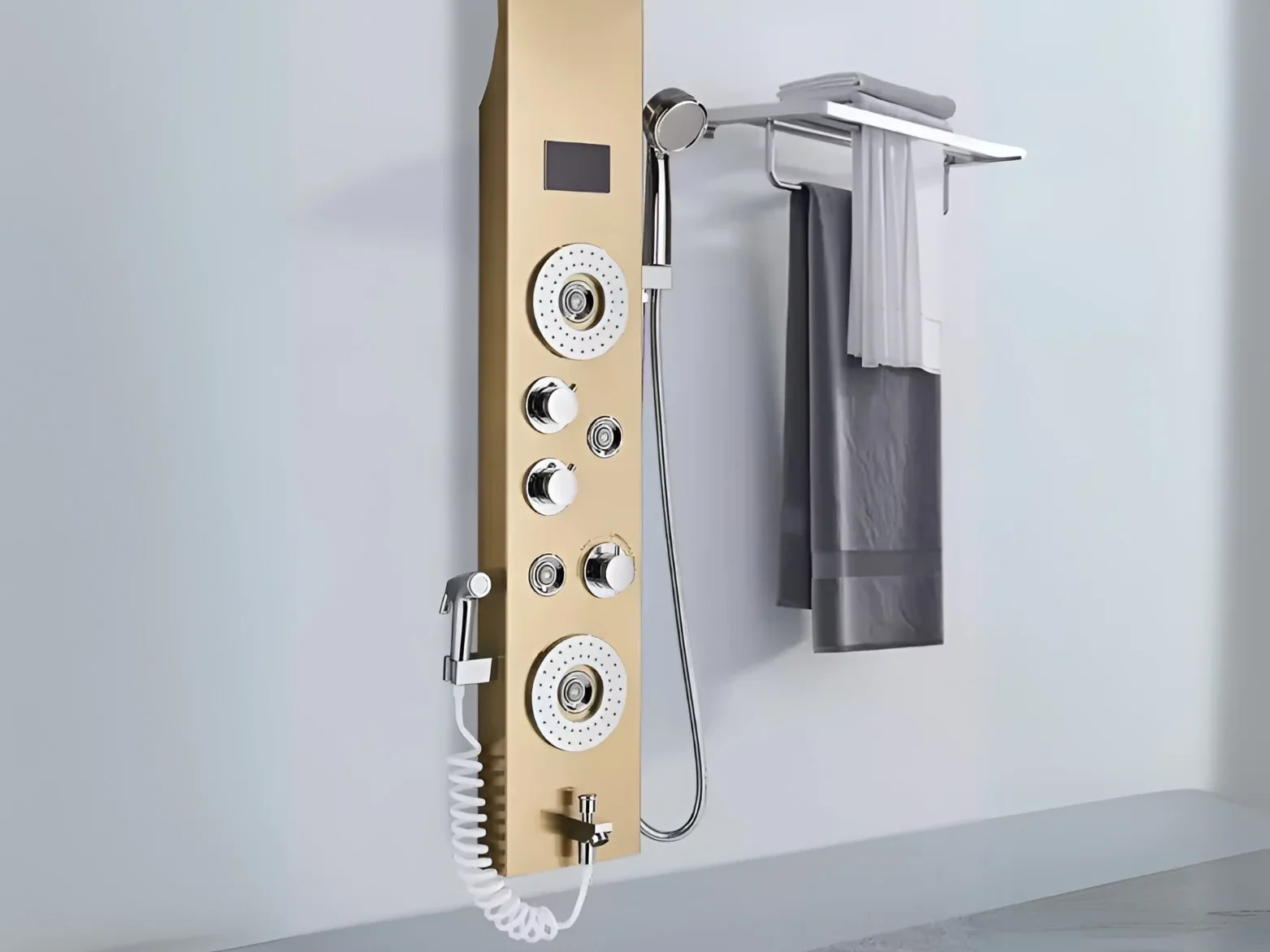
Shower panels with multiple jets, handheld options, rainfall heads, and digital controls often sound great but rarely get full use. They require strong water pressure and large water heaters to function properly. Without these, you may experience weak flow or inconsistent temperatures. Installation can also be invasive and expensive.
These systems are more suited for luxury spas than everyday home bathrooms. Cleaning all the nozzles and parts can be tedious over time. Most users revert to using one or two of the many available features. Simpler setups tend to be more reliable and user-friendly.
8. Automatic Leak Detectors
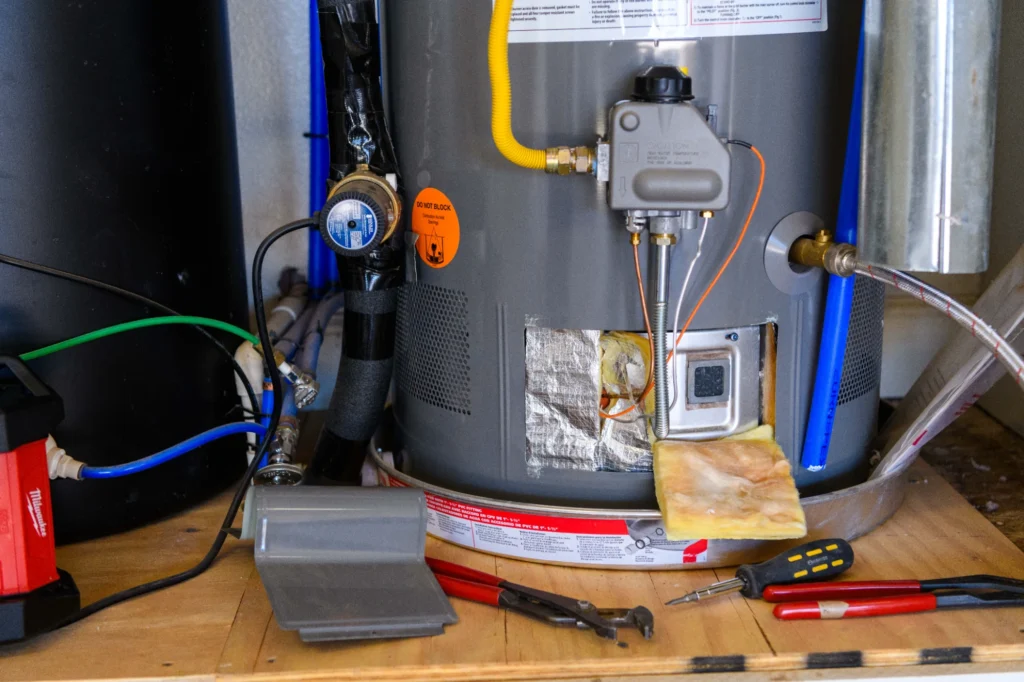
Leak detectors with automatic shutoff valves promise peace of mind but can be overly sensitive or ineffective. False alarms can shut off your water unnecessarily, leading to frustration. These systems also require Wi-Fi, sensors, and battery replacements to stay operational. For many homeowners, regular inspection and simple detectors work just as well.
Unless you travel frequently or have a history of major leaks, the cost may not justify the benefit. Plumbing issues are still best handled through routine maintenance. These gadgets are more of a niche solution than a general must-have. In practice, they often collect dust under the sink.
9. Luxury Utility Sinks
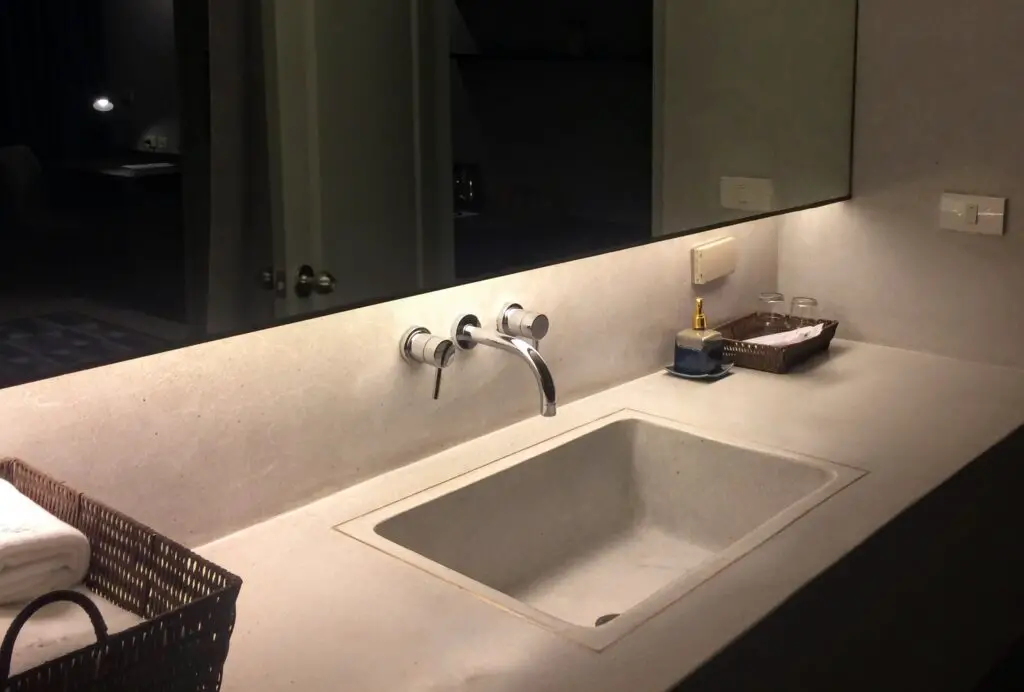
Installing a deep utility sink with fancy finishes in the laundry room might look sharp, but it rarely changes function. Most people just need a space to rinse, soak, or dump water. High-end materials like marble or quartz do not hold up better than basic plastic or stainless steel. They cost more and scratch or stain just as easily.
It’s a feature that sounds more useful than it is in everyday use. Unless you frequently tackle muddy gear or messy DIY projects, you may not need one at all. A basic setup works for most household tasks. Save your budget for upgrades you’ll actually use.
10. Recirculating Pumps
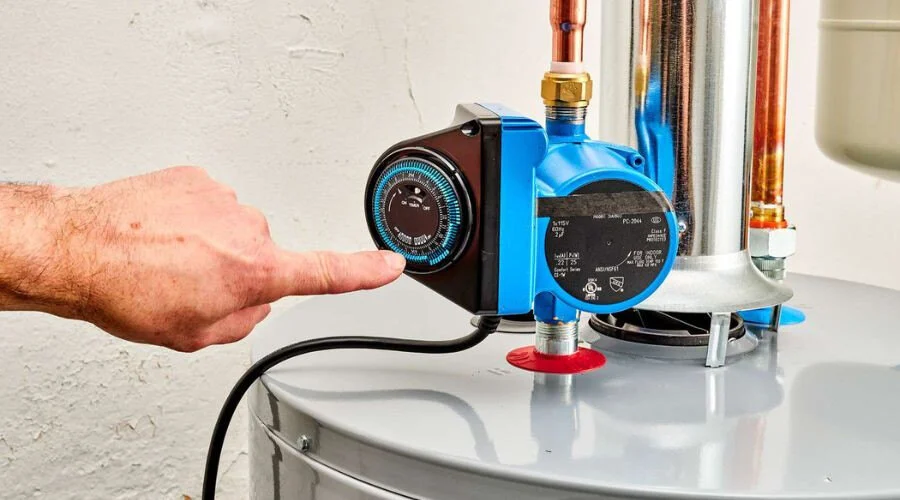
Recirculating pumps keep hot water flowing so you never wait at the tap—but they are not ideal for every home. Installation can be complex, especially in older plumbing systems. They may increase your energy bill by constantly circulating water. Some models also make noise, which can be bothersome.
These systems work best in large houses with long pipe runs. For smaller homes, the time savings are minimal. Low-cost solutions like insulating pipes or using an on-demand system might be smarter. Unless you truly need it, this is a pricey fix for a minor inconvenience.
11. Designer Drain Covers
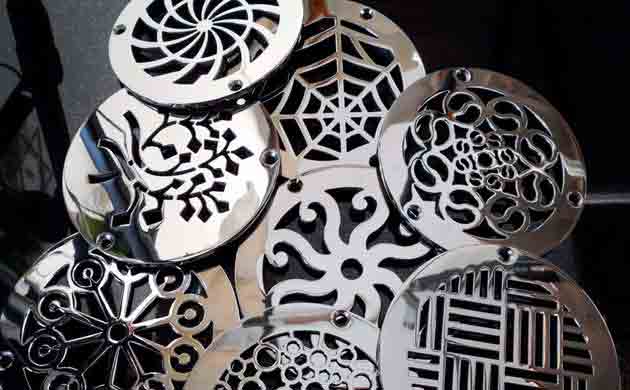
Fancy drain covers in the shower or sink are a purely visual upgrade. They do not improve drainage or make maintenance easier. Some designer versions are harder to remove and clean, which defeats their purpose. Water flow can even be worse compared to standard covers.
They may look chic in a showroom but can become frustrating in real use. Grime and soap scum cling to intricate designs more easily. Function should always come before form in plumbing features. It is a minor detail that often gets too much attention.
12. Hidden Tank Toilets
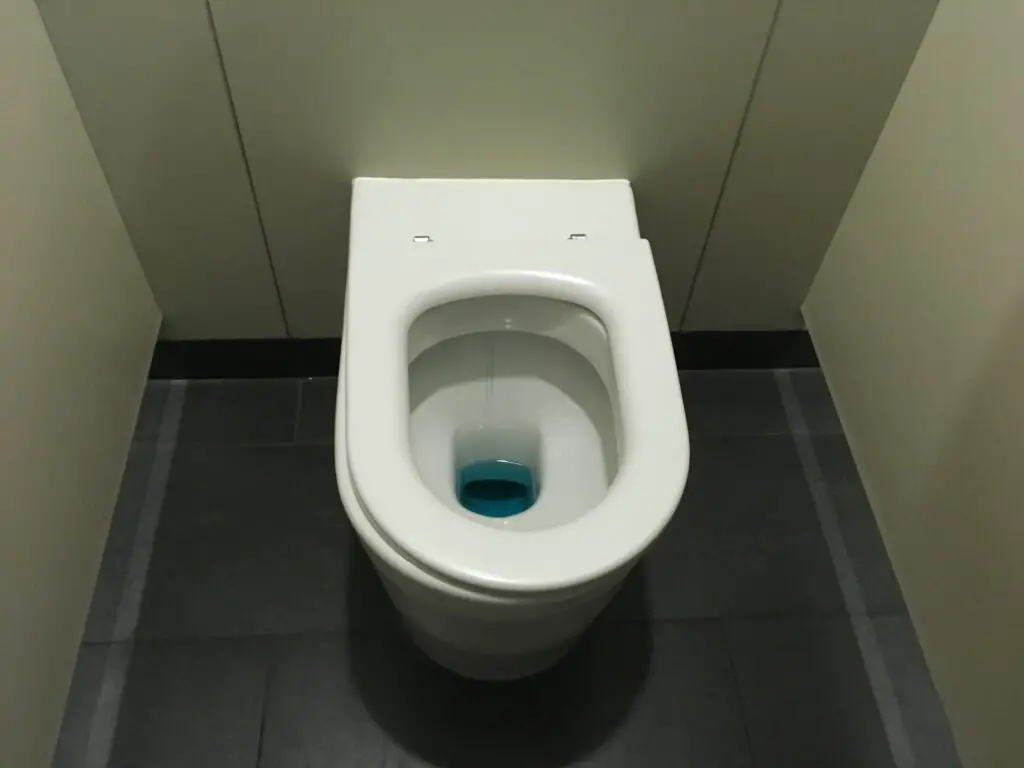
Wall-mounted toilets with hidden tanks can create a sleek look but come with hidden problems. If the tank leaks or parts fail, accessing it means removing drywall or tile. These repairs are more costly and time-consuming than with traditional toilets. Installation is also more complex and expensive up front.
They are more common in commercial or ultra-modern spaces than in everyday homes. Most homeowners prefer the reliability and easy access of visible-tank models. A good-looking toilet does not need to be complicated. In most cases, the upgrade is all style and very little substance.
